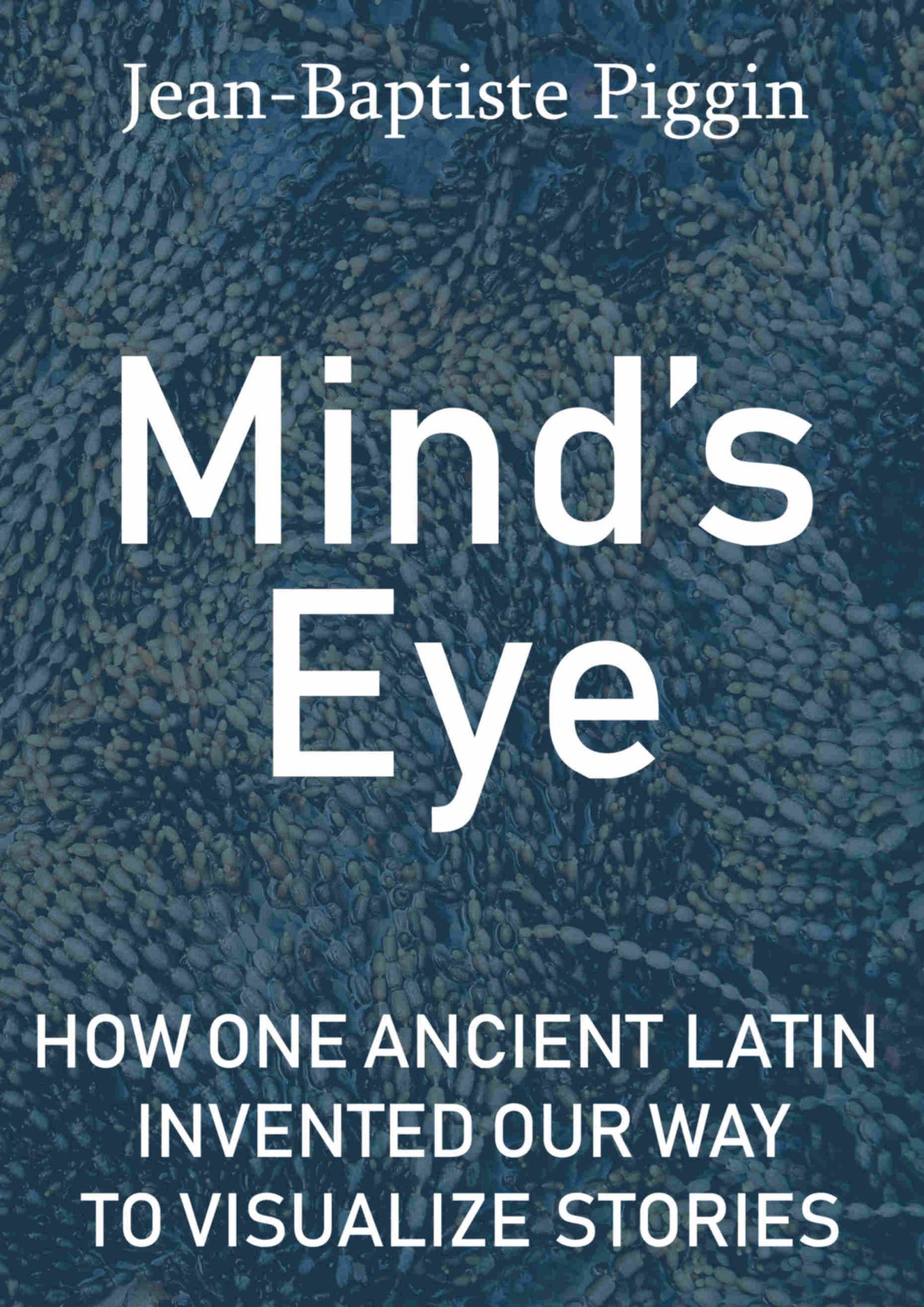It is evidence of the industrious help that could once be obtained from research library staff, back in the days before the budgets of such institutions were cut. Brauer was living and working in Celle, half a day's train ride from Berlin, but was able to save himself the trip to Berlin by simply writing and asking for an "Auskunft". We are immeasurably better off nowadays with the instant access available via the internet.
The reply from Berlin is of no great scholarly value and is defective in not containing any mention of the principal survey of Peter's work then in print, that published by Moore in 1930. The librarian also promises to inquire at other German libraries, but as there is no letter on file with any such results, this probably led nowhere. However one of its references, to Bernhard Pez, caught my eye.
The compilation duly mentions the editio princeps by Zwingli the younger published in 1592 in Basle and quotes from a series of reference works:
- Georgi: Allgemeines europäisches Bücherlexikon
- Jocher: Allgeneines Gelehrten-Lexikon
- Nomenclator literarius theologiae catholicae
- Wetzer und Welte: Kirchenlexikon
- The Catholic Encyclopedia
- Histoire littéraire de la France, vol 16
Bernhard Pez was the librarian of the Benedictine abbey of Melk in Austria and volume 1 (published in 1721) of his Thesaurus anecdotorum novissimus notes that he found a copy of the Compendium in the monastic library during a visit to Metten. The Thesaurus has been digitized by the MDZ (click on the link and go to page 59 of the scan). A researcher has usefully added the handwritten information that the Compendium is at folio 101 of the codex, and Pez states:
Petri Pictaviensis Compendium historie veteris ac novi Testamenti, quod incipit: considerans historiae sacrae prolixitatem etc.One presumes this manuscript is now in the state library in Munich.


